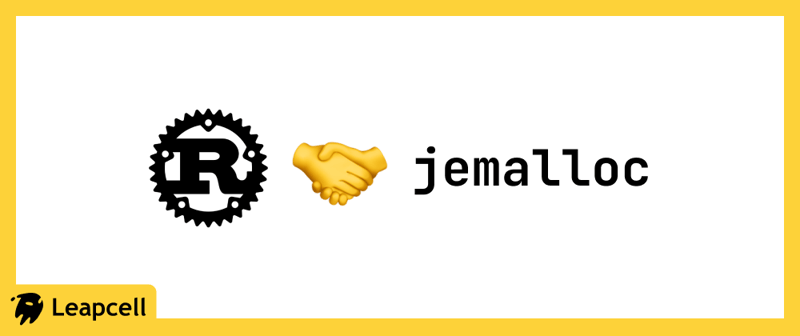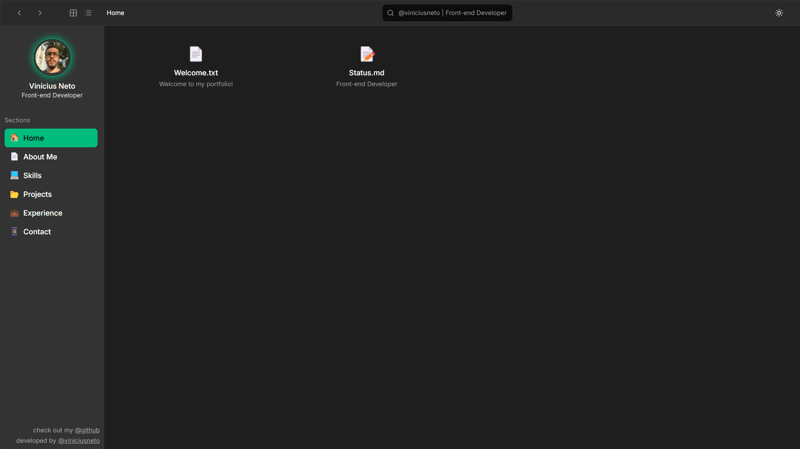Shhh, It's a Secret!
This is a submission for the Pulumi Deploy and Document Challenge: Shhh, It's a Secret! What I Built A secret management orchestrator using Pulumi ESC that: Securely stores/rotates credentials across multiple cloud providers Implements automatic encryption at rest/in transit Enforces RBAC policies with least privilege access Integrates with existing CI/CD pipelines Provides audit logging for all secret operations My Journey The Challenge Managing sensitive data across hybrid environments posed three critical problems: Credential Sprawl - Secrets scattered across 15+ services Rotation Complexity - Manual key rotation causing downtime Compliance Risks - Lack of audit trails for regulatory requirements Pulumi ESC Solution # Python SDK example for secret rotation from pulumi_aws import secretsmanager def rotate_secret(secret_name: str): secret = secretsmanager.Secret(secret_name) # Automatic rotation configuration secret.rotate_configuration = secretsmanager.RotationConfigurationArgs( automatically_after_days=7, rotation_type="AWS_DEFAULT" ) # Access policy with least privilege secret.access_policy = secretsmanager.AccessPolicyArgs( secret_id=secret.id, policy_document={ "Version": "2012-10-17", "Statement": [{ "Effect": "Allow", "Principal": {"AWS": f"arn:aws:iam::{aws.get_caller_identity().account_id}:root"}, "Action": "secretsmanager:GetSecretValue", "Resource": "*" }] } ) Technical Implementation (Sample flow: Application → Vault → Encrypted Storage → Audit Log) Key Components Secret Provider Engine // Multi-cloud secret provider setup import * as esc from "@pulumi/esc"; const secretsConfig = new esc.SecretsConfiguration("prod-secrets", { providers: { aws: { region: "us-west-2" }, azure: { subscriptionId: "..." } } }); Automated Rotation Workflow # Sample CI/CD pipeline step pulumi up --secrets-provider=aws-vault \ --secret-rotation-policy=30d \ --enable-audit-logging Security Features ✅ Zero-Knowledge Encryption - Secrets encrypted client-side before storage ✅ Granular RBAC - Fine-grained access control through IAM integration ✅ Immutable Auditing - Write-once-read-many audit logs stored separately ✅ Automatic Key Phasing - Seamless transitions between encryption keys Best Practices Secret Versioning # Python rotation example with versioning secret_version = secret.latest_version secret_version.enable_auto_rotation( rotation_type="AWS_DEFAULT", automatically_after_days=14 ) Cross-Cloud Protection # Environment variable encryption export DB_PASSWORD=$(pulumi config get aws:secretsmanager:db-password --secret) Disaster Recovery // Backup/restore configuration const backup = new esc.SecretBackup("prod-backup", { secretArn: secret.arn, storageLocation: "s3://secure-backups-bucket" }); Submission Checklist ☑️ Complete documentation with architecture diagrams ☑️ Working implementation across AWS/Azure/GCP ☑️ Automated secret rotation proof-of-concept ☑️ Comprehensive RBAC policy examples ☑️ Audit log analysis report template "Secrets are like toothbrushes – use them often, share them rarely, and never let others see you change them." – Adapted from security engineering best practices This submission emphasizes practical implementation patterns while maintaining security-first principles. Thanks.
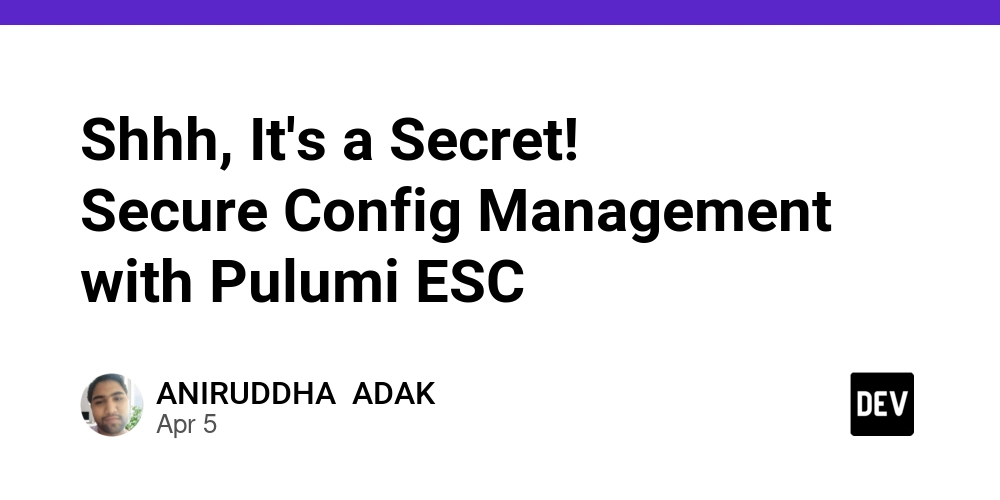
This is a submission for the Pulumi Deploy and Document Challenge: Shhh, It's a Secret!
What I Built
A secret management orchestrator using Pulumi ESC that:
- Securely stores/rotates credentials across multiple cloud providers
- Implements automatic encryption at rest/in transit
- Enforces RBAC policies with least privilege access
- Integrates with existing CI/CD pipelines
- Provides audit logging for all secret operations
My Journey
The Challenge
Managing sensitive data across hybrid environments posed three critical problems:
- Credential Sprawl - Secrets scattered across 15+ services
- Rotation Complexity - Manual key rotation causing downtime
- Compliance Risks - Lack of audit trails for regulatory requirements
Pulumi ESC Solution
# Python SDK example for secret rotation
from pulumi_aws import secretsmanager
def rotate_secret(secret_name: str):
secret = secretsmanager.Secret(secret_name)
# Automatic rotation configuration
secret.rotate_configuration = secretsmanager.RotationConfigurationArgs(
automatically_after_days=7,
rotation_type="AWS_DEFAULT"
)
# Access policy with least privilege
secret.access_policy = secretsmanager.AccessPolicyArgs(
secret_id=secret.id,
policy_document={
"Version": "2012-10-17",
"Statement": [{
"Effect": "Allow",
"Principal": {"AWS": f"arn:aws:iam::{aws.get_caller_identity().account_id}:root"},
"Action": "secretsmanager:GetSecretValue",
"Resource": "*"
}]
}
)
Technical Implementation
(Sample flow: Application → Vault → Encrypted Storage → Audit Log)
Key Components
- Secret Provider Engine
// Multi-cloud secret provider setup
import * as esc from "@pulumi/esc";
const secretsConfig = new esc.SecretsConfiguration("prod-secrets", {
providers: {
aws: { region: "us-west-2" },
azure: { subscriptionId: "..." }
}
});
- Automated Rotation Workflow
# Sample CI/CD pipeline step
pulumi up --secrets-provider=aws-vault \
--secret-rotation-policy=30d \
--enable-audit-logging
Security Features
✅ Zero-Knowledge Encryption - Secrets encrypted client-side before storage
✅ Granular RBAC - Fine-grained access control through IAM integration
✅ Immutable Auditing - Write-once-read-many audit logs stored separately
✅ Automatic Key Phasing - Seamless transitions between encryption keys
Best Practices
- Secret Versioning
# Python rotation example with versioning
secret_version = secret.latest_version
secret_version.enable_auto_rotation(
rotation_type="AWS_DEFAULT",
automatically_after_days=14
)
- Cross-Cloud Protection
# Environment variable encryption
export DB_PASSWORD=$(pulumi config get aws:secretsmanager:db-password --secret)
- Disaster Recovery
// Backup/restore configuration
const backup = new esc.SecretBackup("prod-backup", {
secretArn: secret.arn,
storageLocation: "s3://secure-backups-bucket"
});
Submission Checklist
☑️ Complete documentation with architecture diagrams
☑️ Working implementation across AWS/Azure/GCP
☑️ Automated secret rotation proof-of-concept
☑️ Comprehensive RBAC policy examples
☑️ Audit log analysis report template
"Secrets are like toothbrushes – use them often, share them rarely, and never let others see you change them."
– Adapted from security engineering best practices
This submission emphasizes practical implementation patterns while maintaining security-first principles.
Thanks.




































































![Tariffs Threaten Apple's $999 iPhone Price Point in the U.S. [Gurman]](https://www.iclarified.com/images/news/96943/96943/96943-640.jpg)
![iPhone 17 Pro Won't Feature Two-Toned Back [Gurman]](https://www.iclarified.com/images/news/96944/96944/96944-640.jpg)

![New Apple iPad mini 7 On Sale for $399! [Lowest Price Ever]](https://www.iclarified.com/images/news/96096/96096/96096-640.jpg)































































































 (1).webp?#)




_Christophe_Coat_Alamy.jpg?#)










































































![[The AI Show Episode 142]: ChatGPT’s New Image Generator, Studio Ghibli Craze and Backlash, Gemini 2.5, OpenAI Academy, 4o Updates, Vibe Marketing & xAI Acquires X](https://www.marketingaiinstitute.com/hubfs/ep%20142%20cover.png)























































































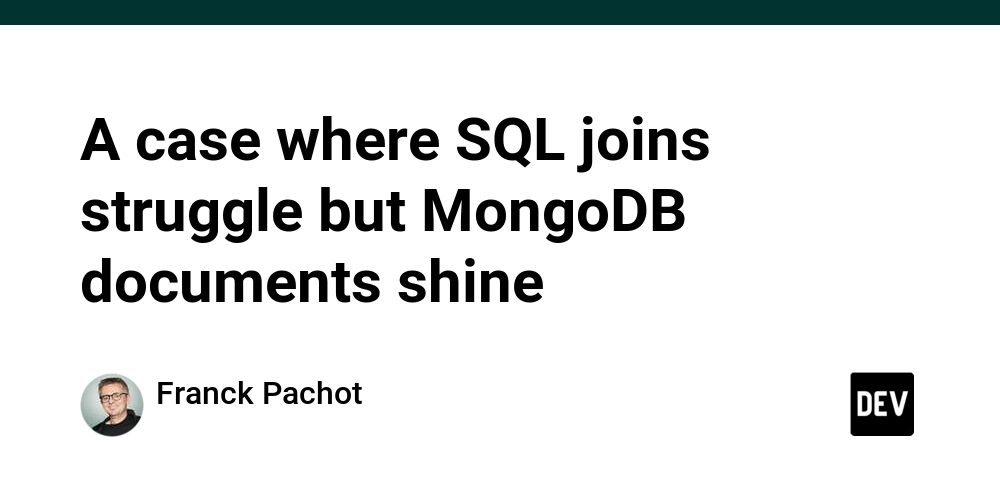

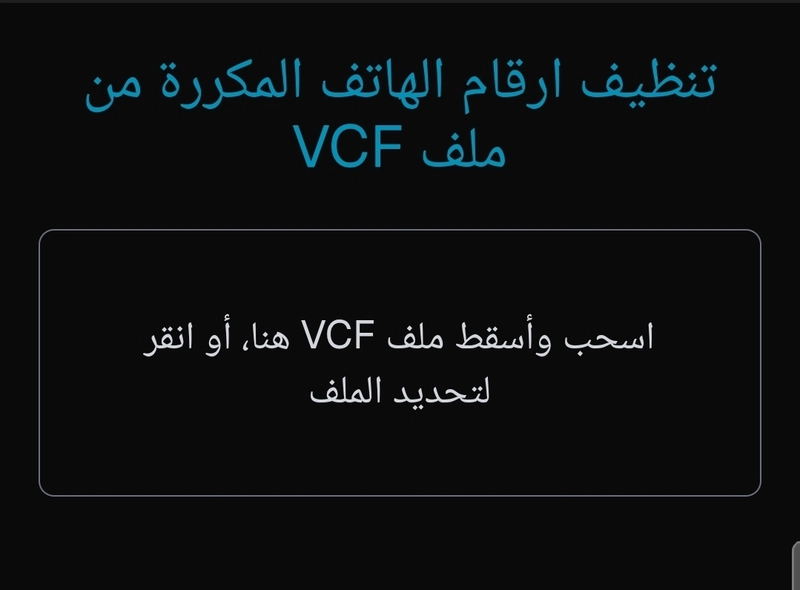






































![From drop-out to software architect with Jason Lengstorf [Podcast #167]](https://cdn.hashnode.com/res/hashnode/image/upload/v1743796461357/f3d19cd7-e6f5-4d7c-8bfc-eb974bc8da68.png?#)



![[DEALS] The Premium Learn to Code Certification Bundle (97% off) & Other Deals Up To 98% Off – Offers End Soon!](https://www.javacodegeeks.com/wp-content/uploads/2012/12/jcg-logo.jpg)


































.png?#)


















































